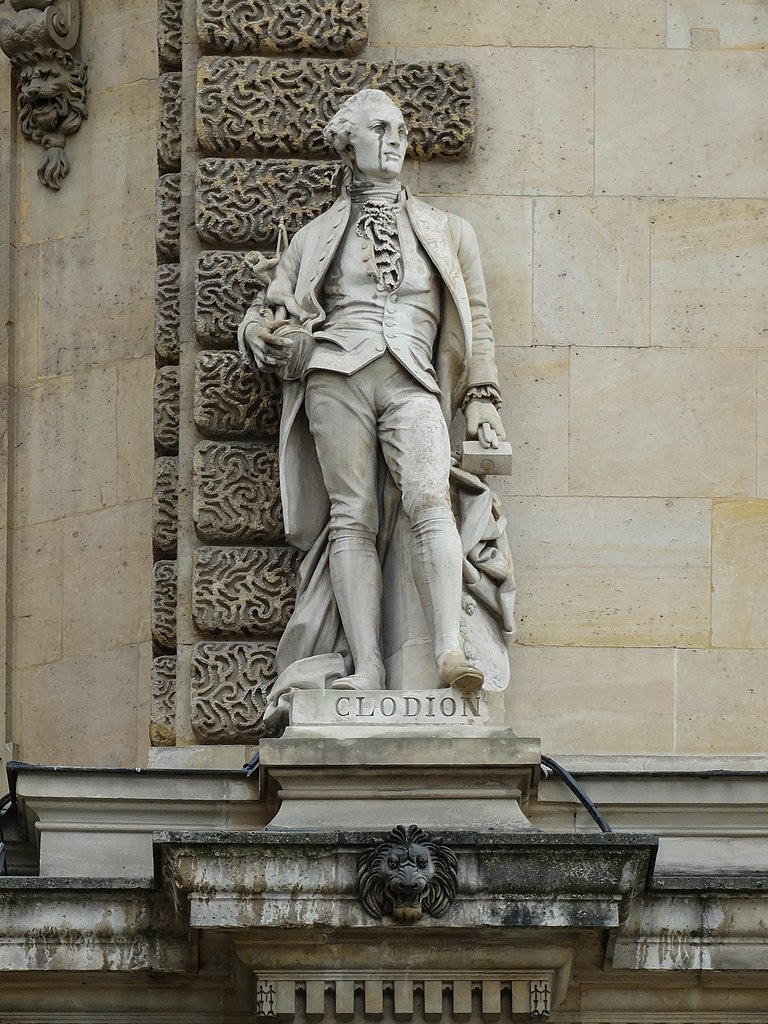bouet

Christoph Bouet is a contemporary German landscape painter recognized for his unique approach to landscape painting. His work is characterized by thick, tactile layers of paint, applied with a palette knife directly from the tube onto the canvas laid on the ground. This technique results in landscapes that transform into stirring images, with their full motifs becoming apparent only from a distance. Bouet's floral compositions burst with color, capturing light, mood, and sound with an impressionistic flair. He describes his relationship with painting as a lifelong commitment, having been drawn to the art form from an early age.
Bouet's paintings are part of prestigious collections, including the Würth Collection and the Hasso Plattner Collection, indicating his recognition and success in the contemporary art world. His plein-air landscapes capture the raw essence of his subjects, turning seemingly tranquil scenes into captivating visual experiences.
For those interested in the dynamic world of contemporary landscape painting, Christoph Bouet represents a fascinating blend of traditional impressionist influences and modern artistic experimentation. His work invites viewers to explore landscapes through a vivid, almost tactile lens, making his paintings a valuable addition to the collections of art enthusiasts and experts alike.
To stay updated on Christoph Bouet's latest works and exhibitions, art collectors and enthusiasts are encouraged to follow updates from galleries and art news platforms. This ensures access to the most recent information on sales, exhibitions, and new pieces by Bouet.




Pierre-Auguste Renoir was a French artist, celebrated as a pivotal figure in the development of the Impressionist movement. Born in Limoges, France, in 1841, Renoir's early experiences in Paris and his apprenticeship as a porcelain painter laid the foundation for his illustrious career in art. His transition to painting was marked by an early fascination with the play of light and color, which became a hallmark of his work. Renoir's paintings are renowned for their vibrant light and saturated color, often focusing on people in intimate and candid compositions. This focus on beauty and a particular affinity for capturing the sensuality of the female form distinguished his work from his contemporaries.
Renoir's contributions to Impressionism were significant, characterized by his use of bright colors and a technique that captured the movement and luminosity of the scene. His evolution as an artist saw him experimenting with a more linear and classical style, especially after his travels to Italy, where he was deeply influenced by the Renaissance masters. Despite facing personal challenges, including severe rheumatoid arthritis in his later years, Renoir's passion for painting never waned. His determination saw him adapting his painting technique to his physical limitations, ensuring that his creative output remained prolific until his death in 1919.
Among Renoir's notable works are "Bal du moulin de la Galette" (1876), "Luncheon of the Boating Party" (1880), and "Girls at the Piano" (1892). These masterpieces exemplify the essence of Impressionist art with their depiction of light, movement, and everyday life. Renoir's works are housed in prestigious museums around the world, serving as a testament to his enduring legacy in the realm of art.
For art collectors and experts, Renoir's oeuvre represents an essential segment of the Impressionist movement, offering insights into the evolution of modern art. His mastery in portraying the beauty of the moment and the depth of human emotion continues to captivate and inspire audiences worldwide.
If you are passionate about collecting or studying the works of Pierre-Auguste Renoir, we invite you to sign up for updates on new product sales and auction events related to this iconic artist. Stay informed about the opportunity to own a piece of art history and deepen your appreciation for the rich tapestry of culture and art that Renoir helped weave.









